It’s that time of year when we look at our uninteresting and bare landscaping and wonder, “what can I do to bring life and color?” Annuals have their place to shine, but if you want to have continuous color each year, then keep reading. Going native means less work for us – WIN. And, it also gives a boost to our local critters by providing what they need – double WIN! So, if adding native perennials to your garden is in your not-so-distant-future, we have seven to check out!
Purple Coneflower (Echinacea purpurea)
This striking wildflower is a favorite among pollinators and gardeners alike. With its vibrant purple petals and prominent cone-shaped center, it adds a pop of color to any garden. Purple Coneflower thrives in full sun to partial shade and well-drained soil. It blooms from late spring to early summer and is known for its medicinal properties, including immune-boosting benefits. Plant it in spring for best results.
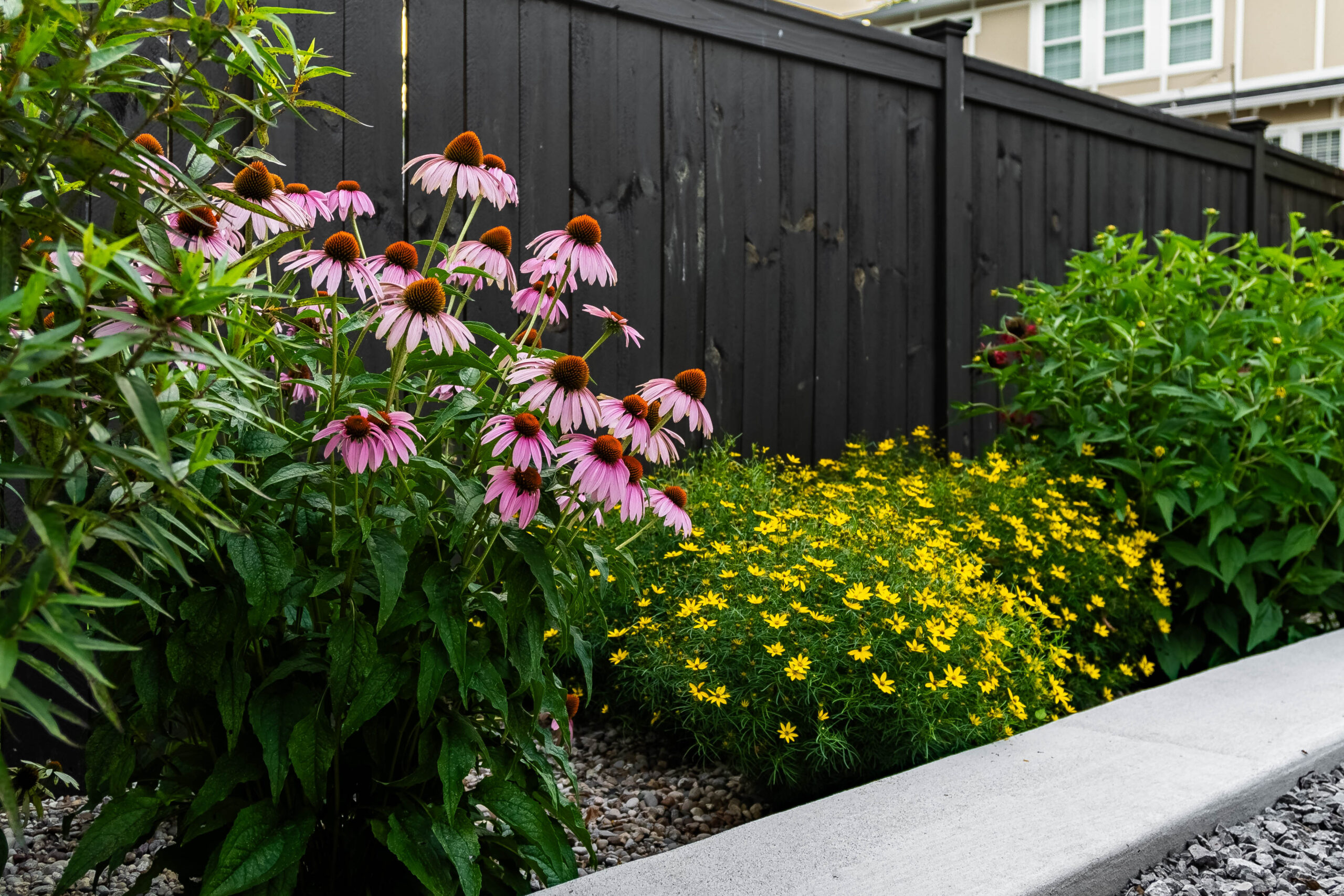
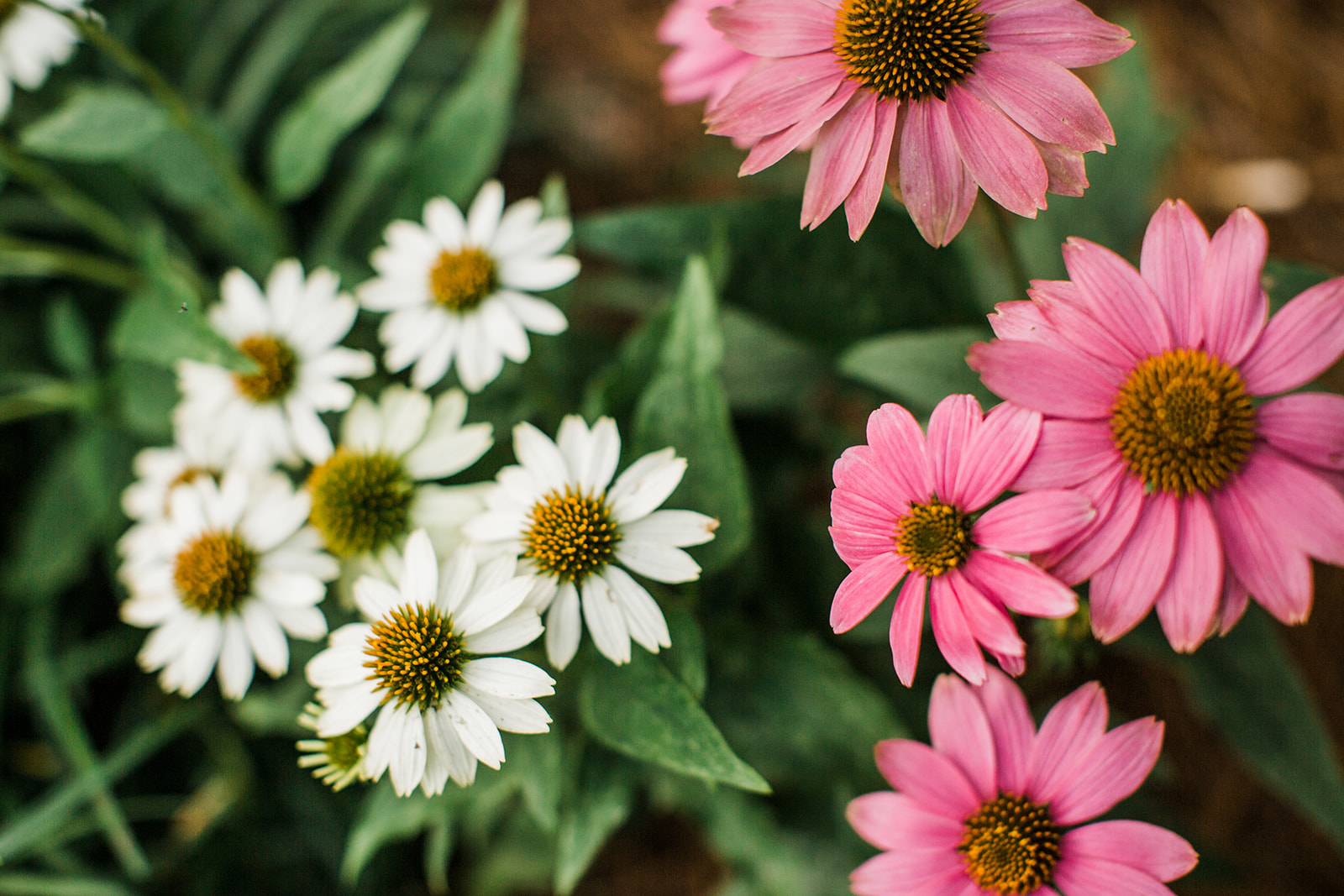
Black-Eyed Susan (Rudbeckia hirta)
A classic wildflower with sunny yellow petals and a dark brown center, Black-Eyed Susan brings cheer to gardens and meadows. It’s drought-tolerant and easy to grow, making it perfect for beginner gardeners. This perennial blooms from mid-summer to fall, attracting butterflies and bees. Plant it in spring or early summer for a burst of color later in the year.

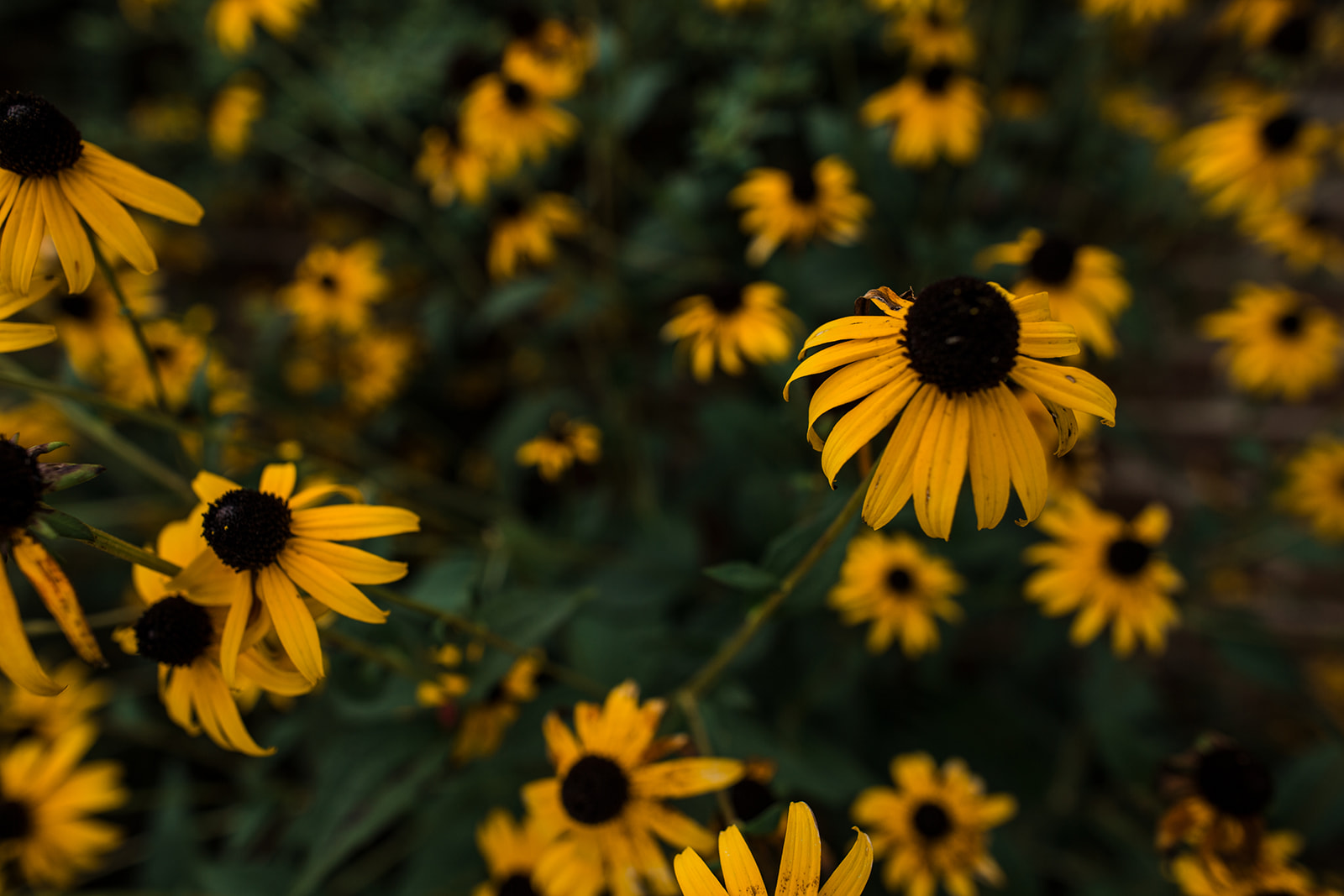
Eastern Bluestar (Amsonia tabernaemontana)
With its delicate blue star-shaped flowers and feathery green foliage, Eastern Bluestar adds a touch of elegance to gardens and borders. This low-maintenance perennial thrives in full sun to partial shade and well-drained soil. It blooms in late spring to early summer and turns a brilliant golden-yellow in fall, providing multi-season interest. Plant it in spring for optimal growth and flowering.

Joe-Pye Weed (Eutrochium purpureum)
This plant is like the life of the party from summer through fall, showing off its pink and purple blooms. Crush a leaf and you’ll catch a whiff of vanilla—how cool is that? It’s perfect for attracting butterflies and bees. Best time to plant: Spring.

Wild Blue Phlox (Phlox divaricata) & Creeping Phlox (phlox stolonifera)
These low-growers are real showstoppers in the spring with beautiful blue, pink, purple, or white flowers. Spreading slowly, you’ll see them form lovely colonies over time. I personally love how they crowd out weeds! Expect them to be a hit with both hummingbirds and butterflies. Native to woodland areas and rocky slopes, where they form dense mats of foliage. Best time to plant: Early spring.

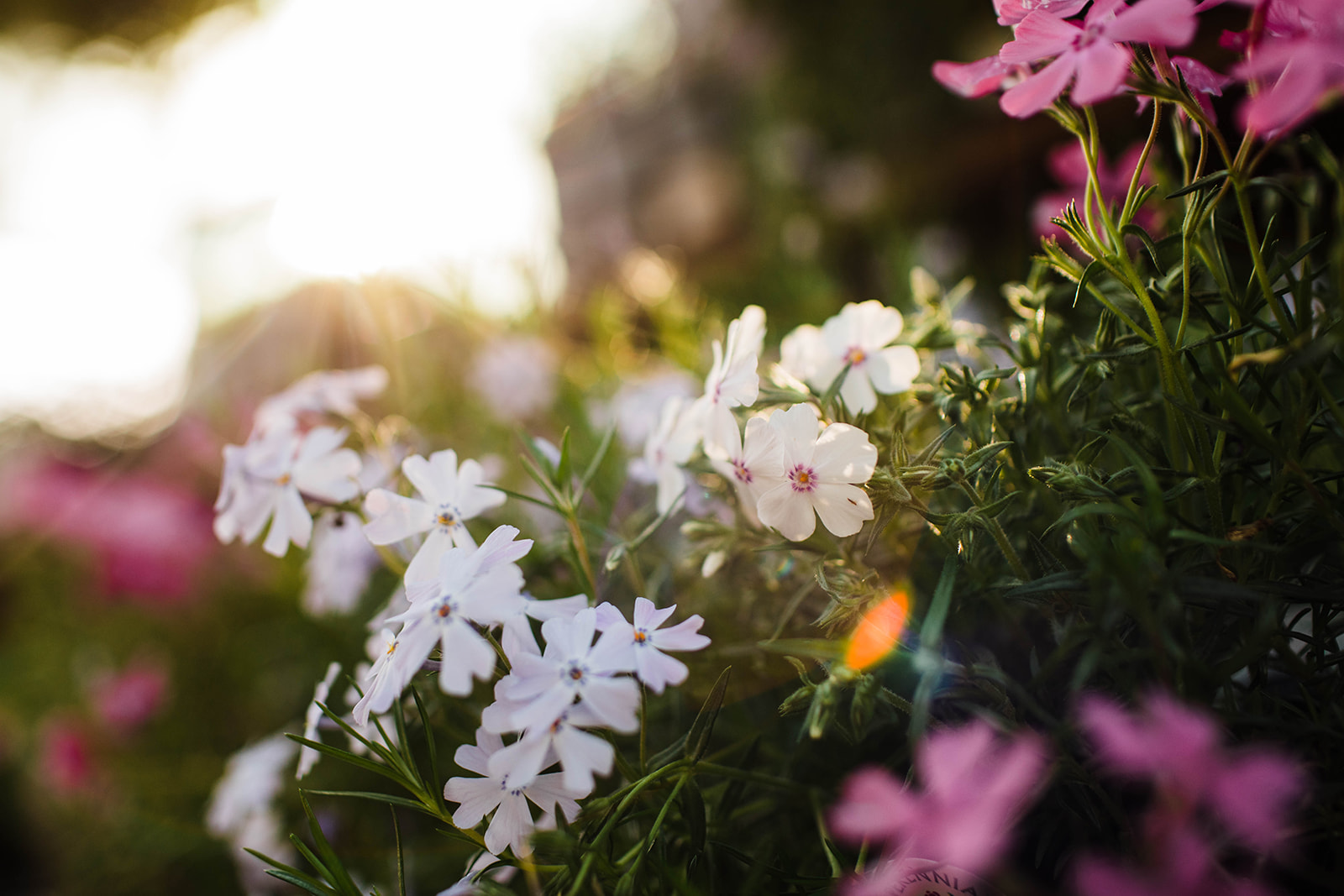
Coreopsis (Coreopsis spp.)
If you want some sunshine in your garden, this plant has got you covered with its bright yellow blooms in the summer. And it’s low-maintenance too, spreading out nicely without much fuss. Best time to plant: Early spring.

Swamp Milkweed (Asclepias incarnata)
Don’t let the name fool you—this plant is a gem in any garden although may often be found in wetland habitats such as marshes, swamps, and along stream banks. It’s well-adapted to moist soil conditions, making it an ideal choice for rain gardens and areas with poor drainage. A cool fact is that Swamp Milkweed is a vital host plant for monarch butterflies. Monarch caterpillars exclusively feed on the leaves of milkweed plants, including Swamp Milkweed, making it essential for their survival. So by planting this perennial in your garden, you are helping support monarch butterfly populations! Best time to plant: Spring.

Now go on, get planting and let nature’s colors shine! And, remember our expert team is here to help with designing and planting your dream perennial garden, so just reach out!



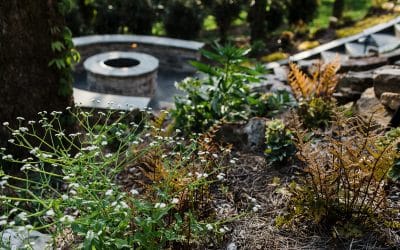
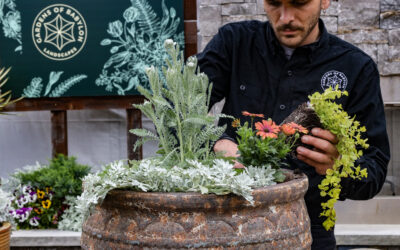

0 Comments